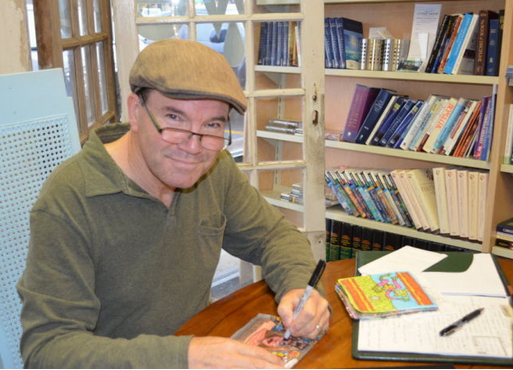It’s part 3 of the Branding series.
Brand Awareness
A big effort of every company is to get into the consumers’ mind an idea of their brand. If they show off their facilities, it is usually so that the facility helps to crystalize their brand identity with the consumer. A happy dairy farmer and her family for example, in front of a verdant pasture. Perhaps it’s a gleaming new factory in Wisconsin, putting out reams of clean and effective paper products.
But companies don’t just show off any old factory just to show it. Most companies know there are things the consumer isn’t interested in seeing, and sometimes, even if they are interested, the company doesn’t think it is in their best interest to show it. I understand that.
But sometimes it’s important for us to see what a company isn’t all that hot on showing us.
No to Guilt
First up, I feel sad, but I don’t feel guilty about what happened in Bangladesh, and either should you. I am NOT saying we should not be aware of what we buy, how it is manufactured, distributed, and sold. I think we should. But that is not the same as taking personal blame for a tragedy around the globe that was due to illegal construction, terrible government oversight and fatal management business practices.
There are many who would like you and me to feel guilty. The reason they want us to feel guilty is that they think that is how change will happen, i.e., guilt people into feeling bad and a change of behavior will follow. Does that work long term with anyone? It works with 6 year olds in church, but not with 26 year olds. It works with a naive and insecure newlywed, but not with that same man or woman 15 years later. I don’t think it works, and even if it did, it’s dishonest in it’s method and manipulative in it’s intent. I don’t like it.
Yes to Awareness
But there is something that does work. It’s called education. Instead of ranting and railing against American capitalism and consumerism and trying to lay all the blame for all the world’s ills on those backs, why not do your best, without condemnation and guilt for the consumer, to explain what is happening through the supply chain. Just let us see it. Let us learn about it. With minimal manipulation, help us see the connection between the PR branding the company shows us and the rest of the company, good and bad. Let the evidence be the guide to making better consumer choices, not guilt.
Explain the good and bad of globalization. Explain how it does bring jobs to places that don’t have them but it also brings greed and corruption and short cuts in the name of profit. Explain that low prices aren’t bad but it’s also good to have an ethical and moral platform below which we do not believe anyone should fall whether it be a garment worker in Bangladesh, an innocent bystander washing clothes in a polluted river downstream from a factory, an hourly wage earner in the US. or the fate of the CEO. They all deserve a standard of treatment that we should aspire to.
If we don’t have direct control over it, what can we do to help move those that do have the control towards that better ethical and moral stance?
What are your solutions?
_________________
Drawing and commentary by Marty Coleman, who is very sad so many died.
Quote adapted from a quote by Walter Landor, 1913-1995, German born, American designer and brand developer, Owner of Landor Associates.
________________

